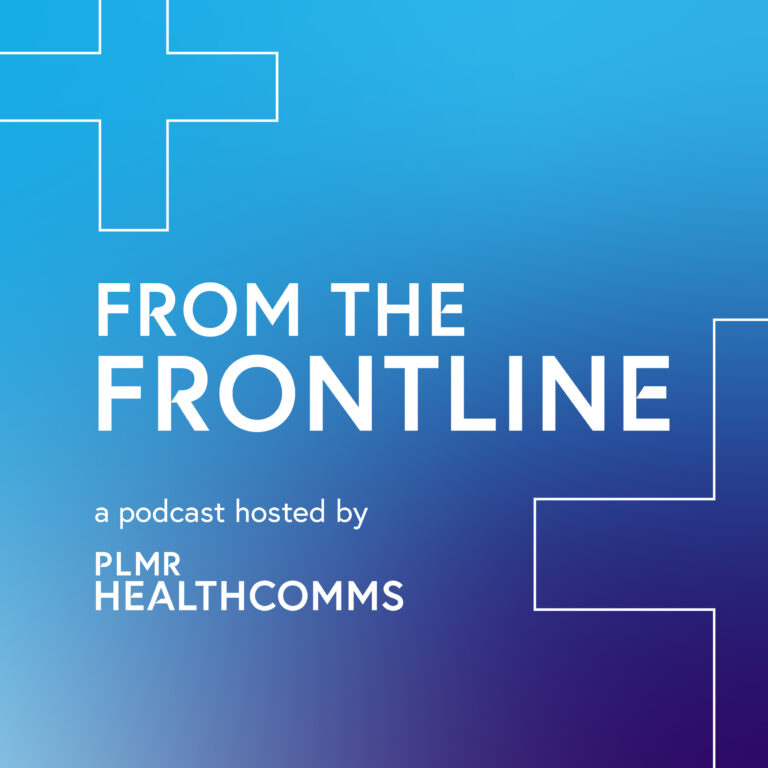The Covid-19 pandemic has been a catalyst for digital engagement tools, with the built environment sector finding innovative ways to ensure engagement could continue in a real way throughout the pandemic. Digital engagement is here to stay, or at least it should be.
There is a widespread desire amongst those we have spoken to for the use of digital consultation methods to continue. This new hybrid approach to engaging with communities isn’t only useful when physical events are unable to take place but can have a real impact in reaching audiences who would ordinarily not engage in built environment consultations.
The use of digital tools for engagement not only inspires a broader range of age demographics to take part, but also those people with special requirements, that are often much harder and more costly to provide for at physical events.
Planning effects everyone and it is therefore important that everyone has the opportunity to have their say, but traditional methods of engaging with communities have failed to reach those harder to reach and less engaged groups.
The new government planning reforms call for a greater level of engagement in the planning process, but how do we ensure that this is true engagement with all, and not just consultation with a few?
At Snapdragon, we, like many in planning communications, have adapted and improved on our digital consultation offering throughout the pandemic. This has included the use of more social media advertising, social media posts to publicise consultations, virtual exhibition rooms, the use of webinars, and the production of promotional videos. These practises were around before the pandemic, of course, but they were far from standard practice on all consultations.
Through this shift towards digital engagement, we have seen a notable increase in young people partaking in consultations, whilst not excluding those who took part in consultations regularly pre-pandemic. This shift has in many cases resulted in a more balanced response to consultation activities and is more reflective of the community at large, which can only be seen as a positive step forward.
In addition to more inclusivity within different age groups, the shift towards digital engagement has allowed for greater inclusion for those from neurodivergent groups. This includes, amongst others, those with Autism, ADHD, Tourette’s, and Dyspraxia. But how has this benefitted these groups?
Well, individuals with neurodivergent needs all have different requirements, which are often in contrast to each other. At a recent webinar I attended on the Neurodiversity in Planning Toolkit, Dr Nancy Doyle stated that flexibility was key to engaging these groups as they have such a diverse range of needs. And, if I can go one step further, I believe that digital engagement is the key to this flexibility.
The use of digital consultation tools can allow individuals with specialist needs to access all of the information they need in the manner that suits them and in their own time, without the need to attend in person events, which is crucial to ensuring that all are consulted.
At another recent webinar I attended on Building Beautiful Communities, Secretary of State for Housing, Communities and Local Government, Robert Jenrick acknowledged the drawbacks of community engagement historically. He noted that many were only able to reach those who either already had a vested interest in development, or one particular demographic, which has caused one sided feedback. Jenrick went on to note the huge potential in digitisation and the steps that have been made on this front throughout the pandemic.
As the Government continues to push both Local Government and developers to have valuable two-way communication with communities, digital methods of engagement will continue to be important. As well as ensuring that these are accessible to all.
Often the limit to ‘proper’ two-way communication is not a reluctance to engage, but more a realisation that true, valuable engagement takes time and money to implement, something which many projects are short on.
However, there are always ways that this can be implemented easily, quickly, and at less expense with the use of digital tools.
It will be interesting to see where we go next with digital engagement, and PLMR continues to experiment and push the parameters of this to ensure that everyone has the opportunity to have their say.
Feel free to get in touch with me on lauren.whipp@PLMR.co.uk, if you fancy a chat about digital engagement and where you think it’s heading next. And of course, we are always happy to discuss your next project, big or small and how digital consultation could be implemented effectively.
Let’s see where we go from here…





